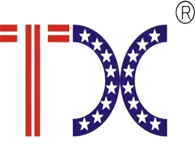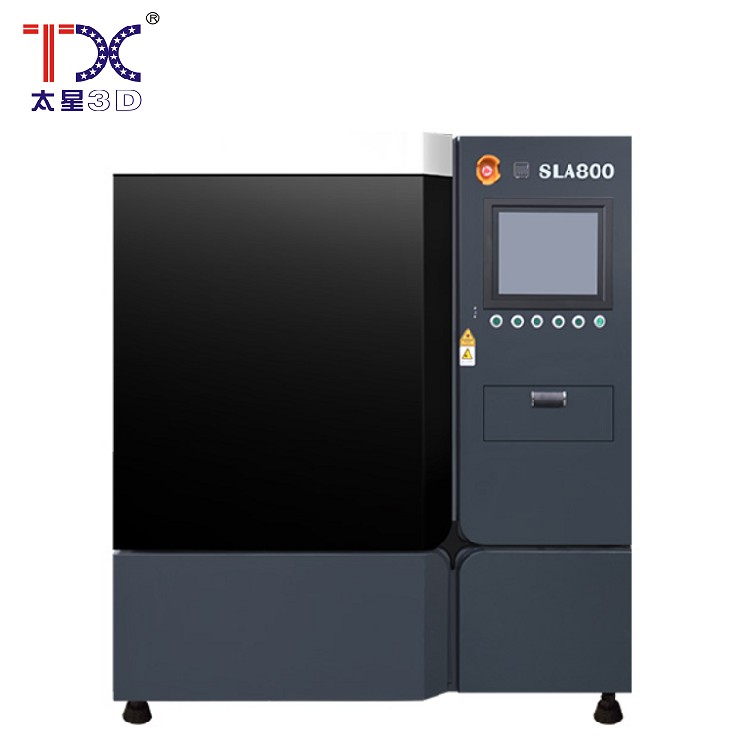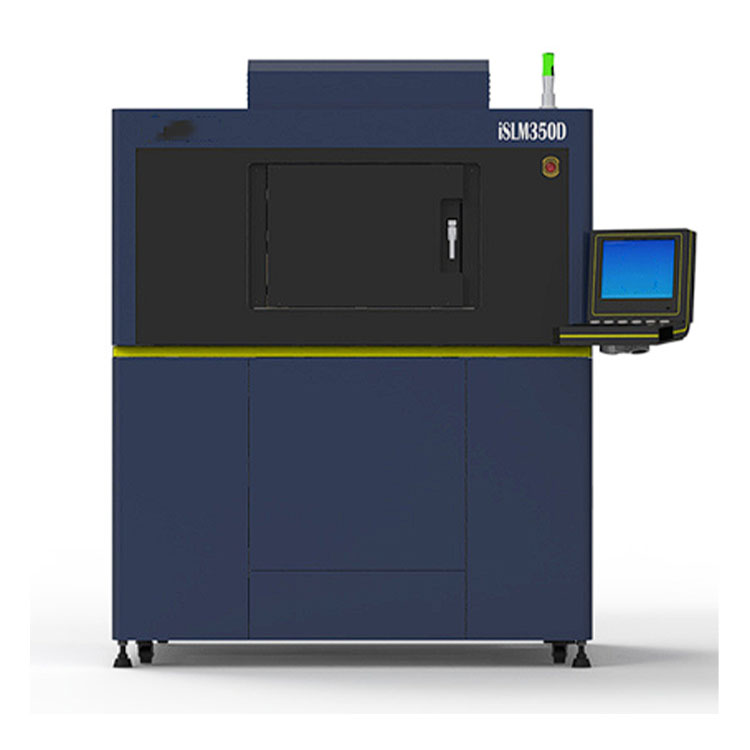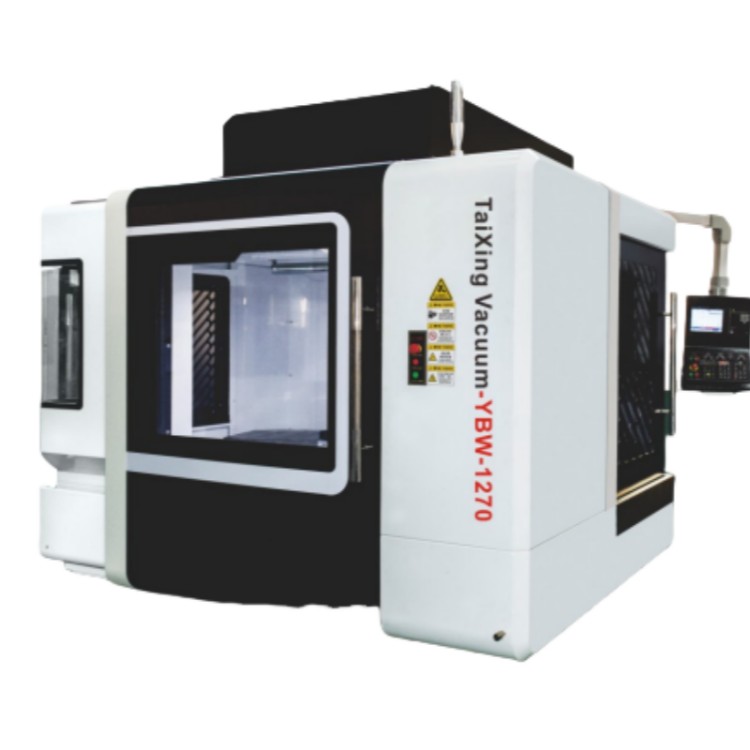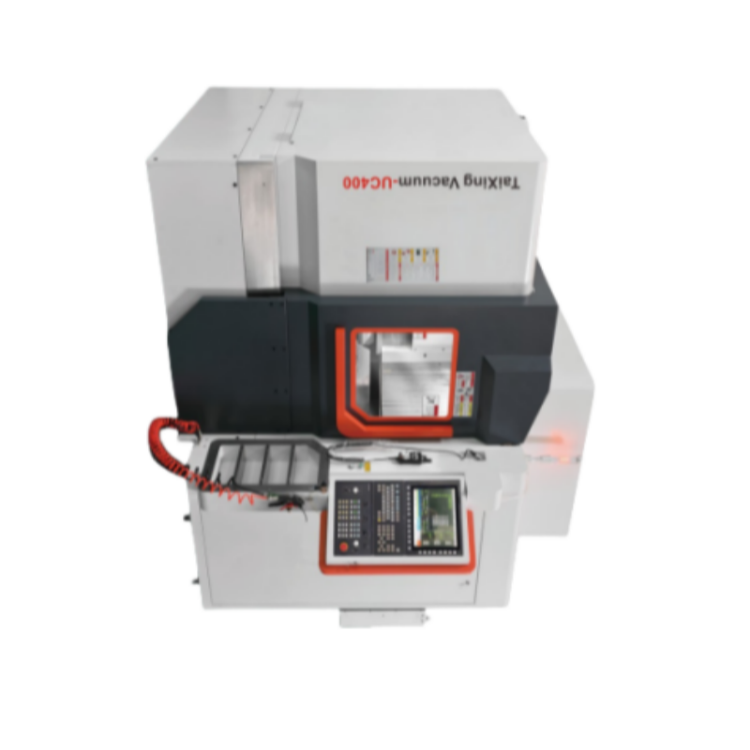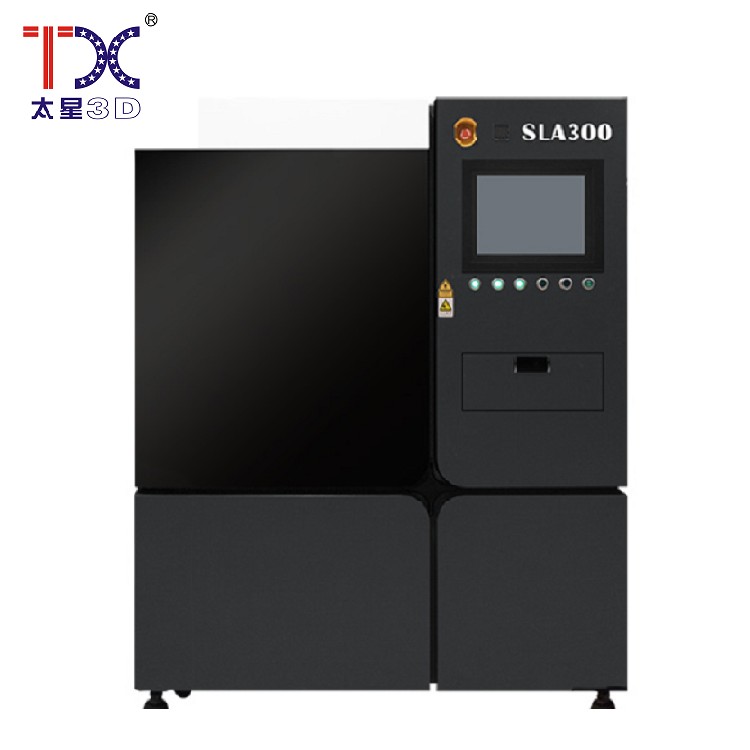
Types of CNC machines
Types of CNC machines
CNC machines (numerical management) are powerful tools that are used in many industries from the production of parts for cars to creating art works. An important role in the work of such machines is played by the axes. They set the direction of the movement of tools and, accordingly, the shape of the processed part. Understanding various types of axes will help to better navigate the capabilities of machine tools.
Axis of a straightforward movement:
These axes, as a rule, are horizontal or vertical, provide a rectilinear movement of the tool along a certain direction. Imagine a lathe where the cutter moves along the part, or the milling machine, where the milling cutter moves along the plane. These axes, called X, Y and Z, are the basis for most processing operations. They allow you to create simple forms and complex profiles, moving the tool in the given coordinates. At the same time, it is important to understand that the location of the axes (for example, X horizontally, Z vertically) may vary depending on the model of the machine.
Axis of the rotational movement:
In addition to a straightforward movement, CNC machines are also often equipped with a rotational -type axes. The axis A (A-Axis) is an axis that is responsible for the turn of the processed workpiece around a particular axis. This allows you to create cone -shaped parts, parts with inclined surfaces or parts with complex curved profiles. The rotational -type axes (for example, B and C) are often used to process parts with curve surfaces, for example, to create chamfers or cutting complex recesses.
Multi -axial machines:
Modern CNC machines often combine several axes of a straightforward and rotational movement. This allows you to create incredibly complex parts with high accuracy. Such multi -axis machines are able to simultaneously rotate the workpiece and move the tool in different directions, which opens up the widest opportunities for complex processing. Thanks to the combination of the axes, complex geometric forms become available. All these features determine the effectiveness and performance of the machine, as well as its scope.
AppropriateProducts
Corresponding products
The best soldproducts
The best -selling products-
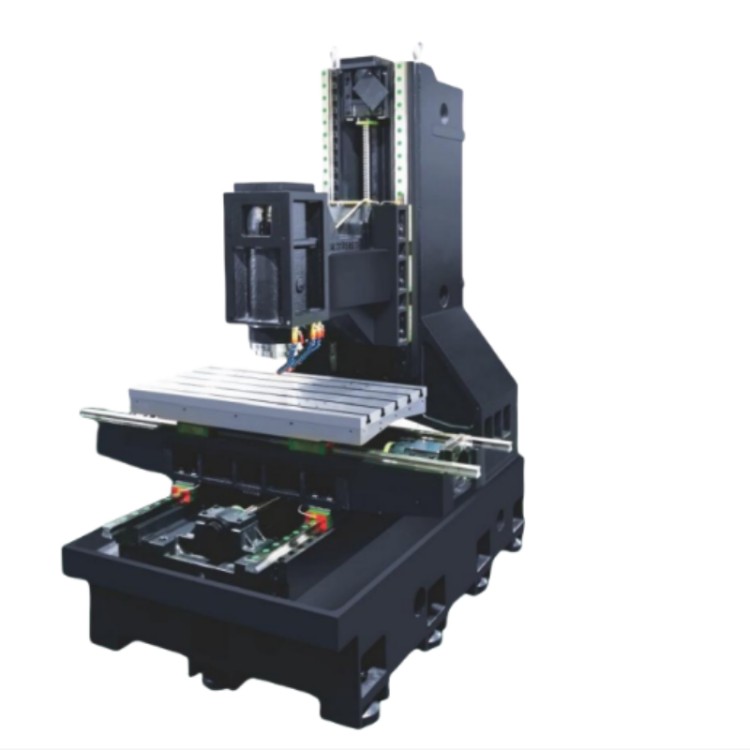 Taisin three-wire rail molding machine of high stiffness TX-6027
Taisin three-wire rail molding machine of high stiffness TX-6027 -
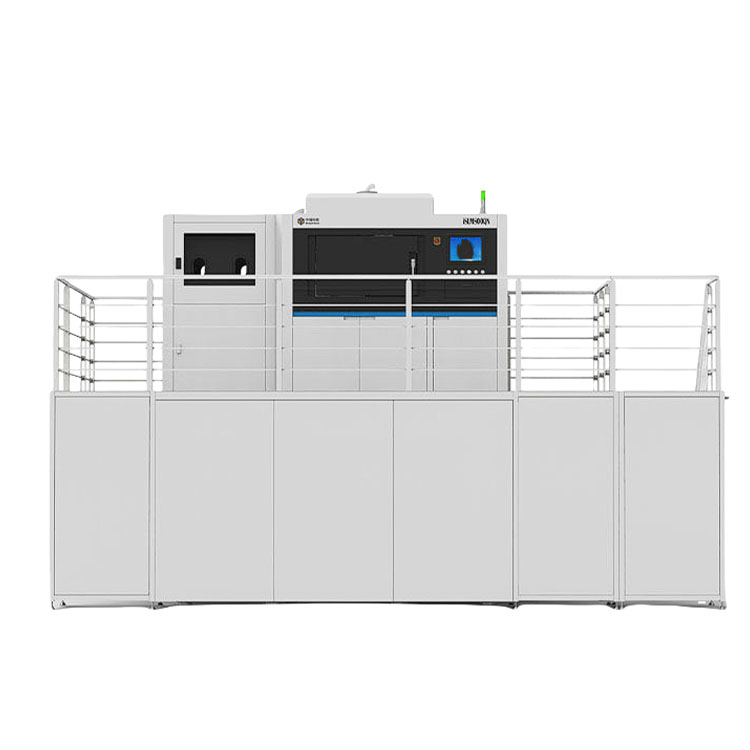 Taisin Metal 3D printer ISLM600QN
Taisin Metal 3D printer ISLM600QN -
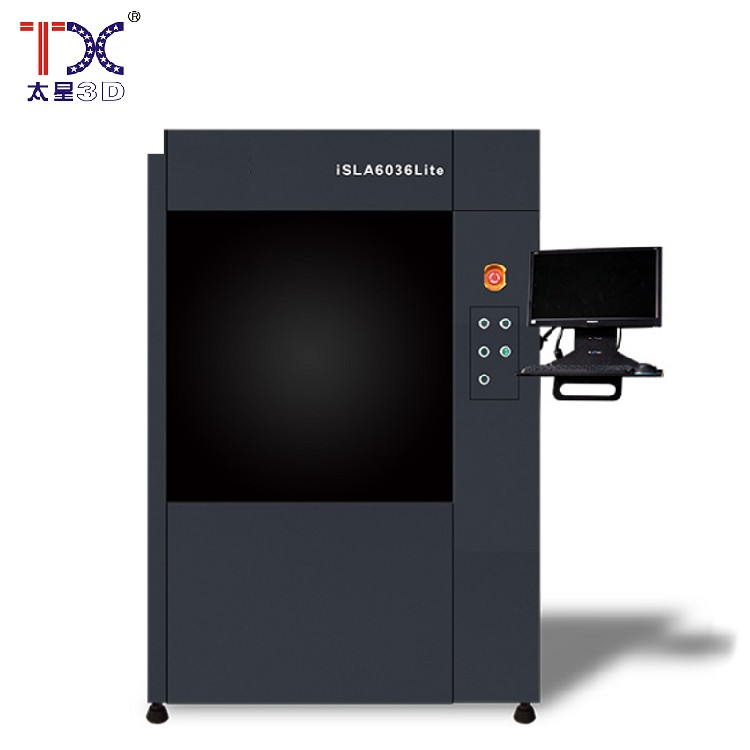 Taisin Light-adopted 3D printer SLA6036
Taisin Light-adopted 3D printer SLA6036 -
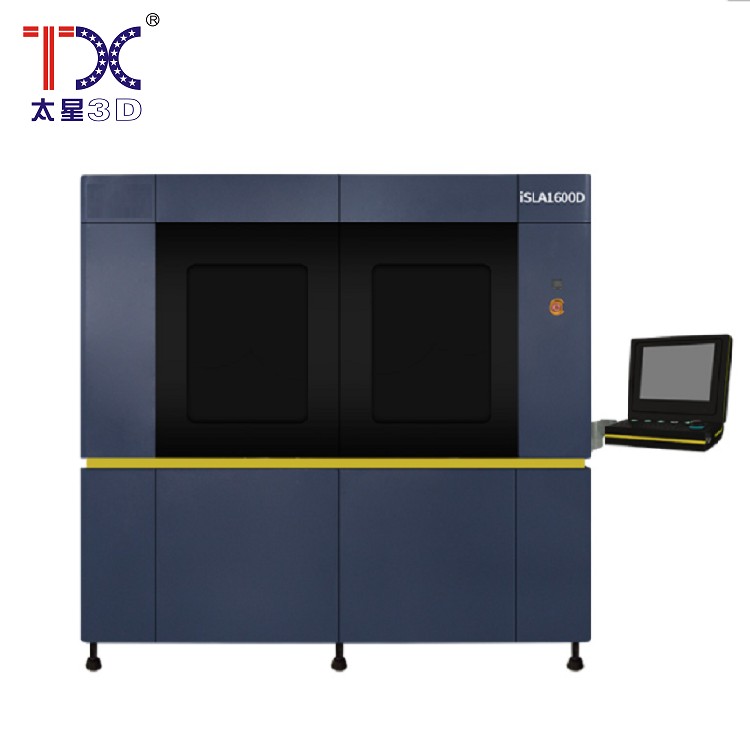 Taisin Light-adoptive 3D printer SLA1600D
Taisin Light-adoptive 3D printer SLA1600D -
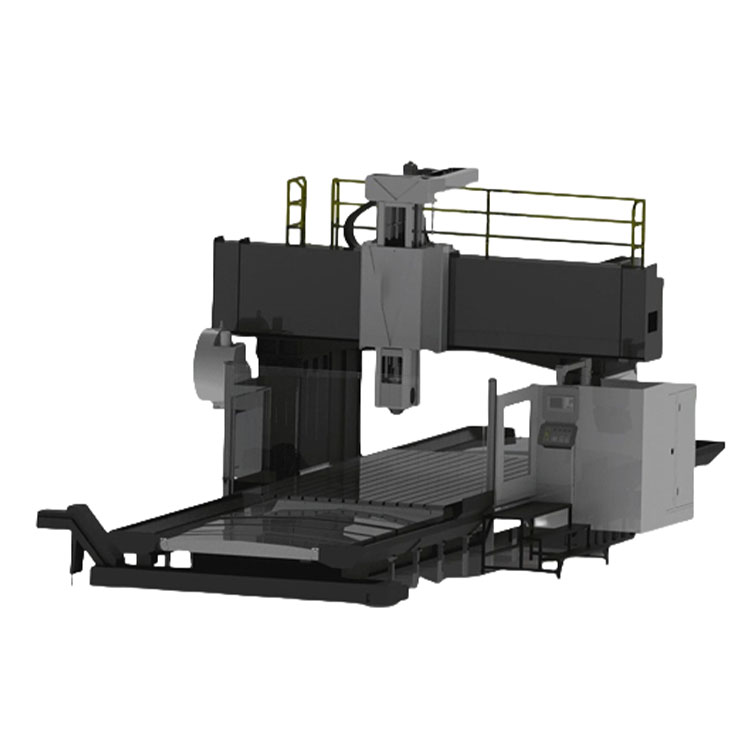 Taisin portal processing center with CNC TXM-9038
Taisin portal processing center with CNC TXM-9038 -
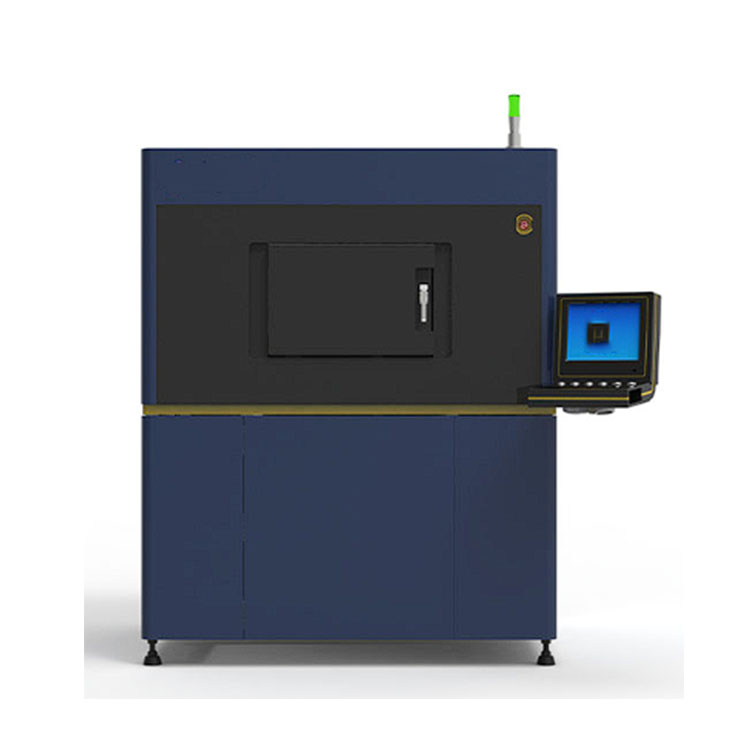 Taisin Metal 3D printer SLM280
Taisin Metal 3D printer SLM280 -
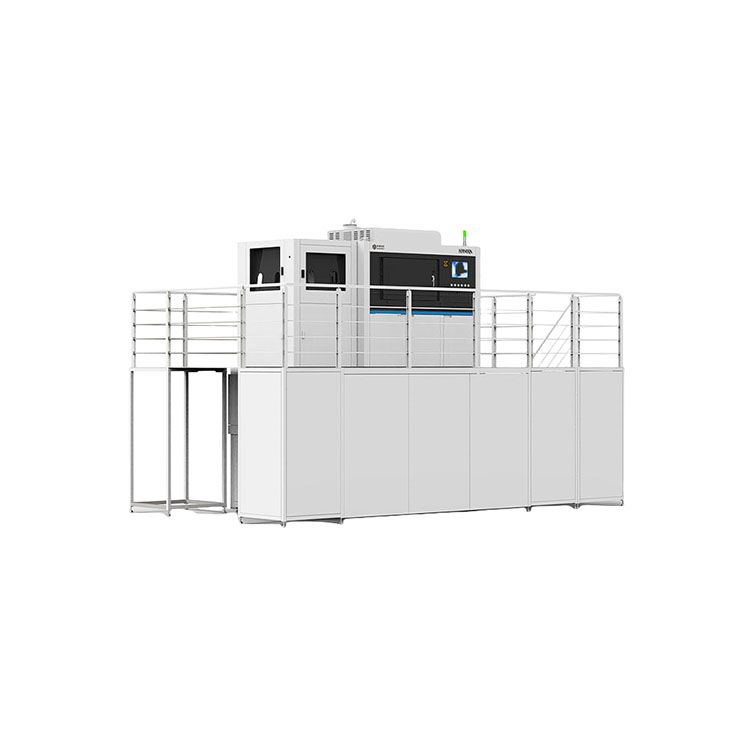 Taisin Metal 3D printer ISLM800QN
Taisin Metal 3D printer ISLM800QN -
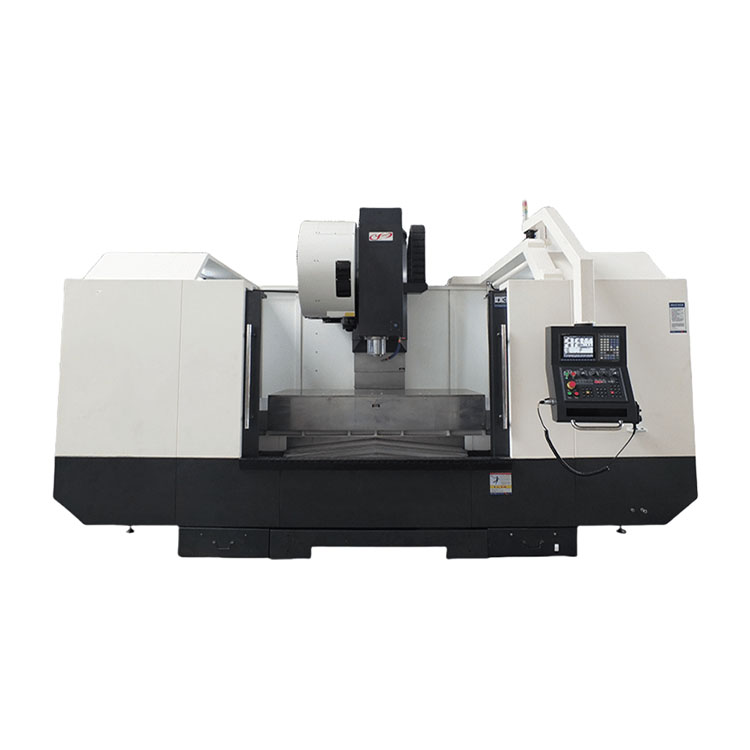 Taisin high-precision vertical processing center with CNC VMC TXP-1890
Taisin high-precision vertical processing center with CNC VMC TXP-1890 -
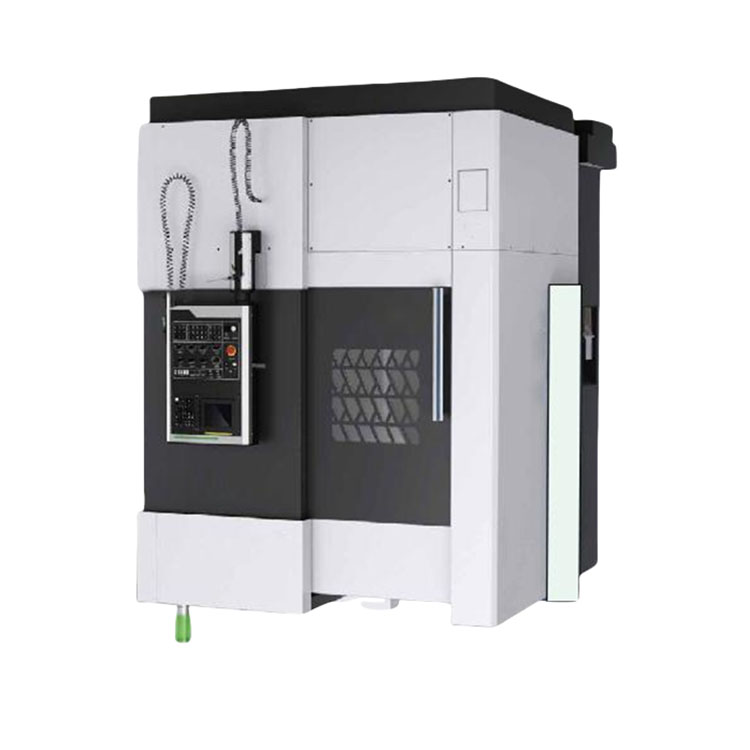 Taisin Vertical CNC TXLC-500 CNC
Taisin Vertical CNC TXLC-500 CNC -
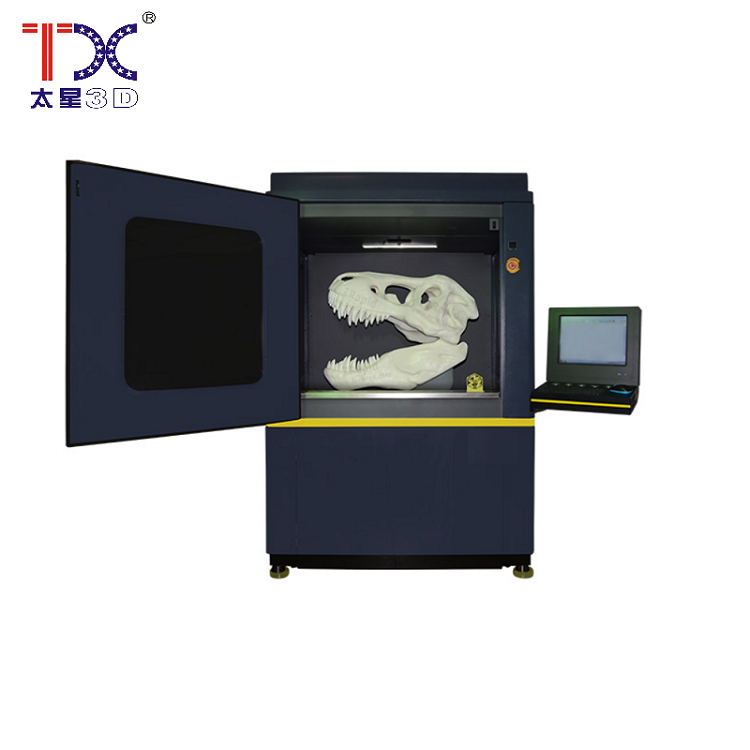 Taisin Light-adopted 3D printer ISL1100
Taisin Light-adopted 3D printer ISL1100 -
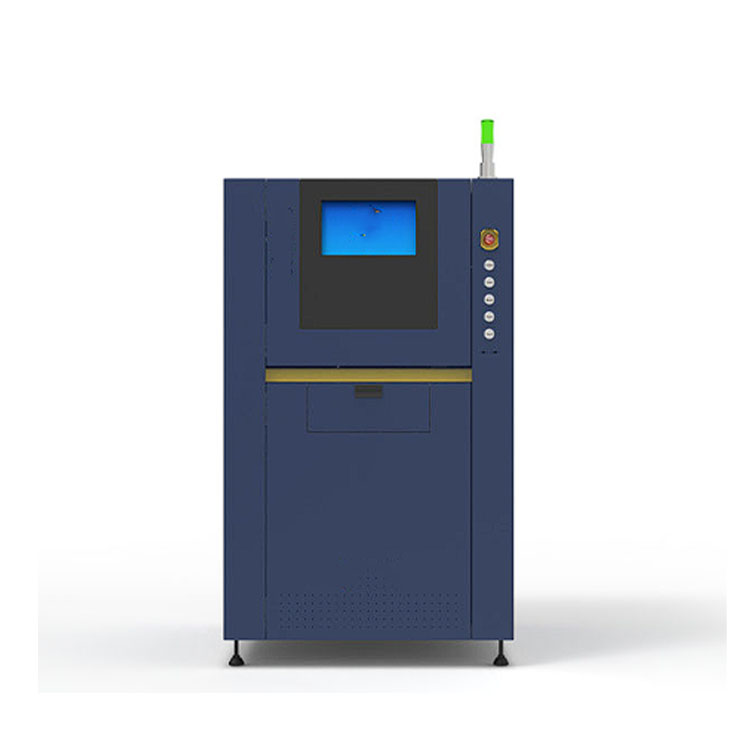 Taisin Metal 3D printer SLM160
Taisin Metal 3D printer SLM160 -
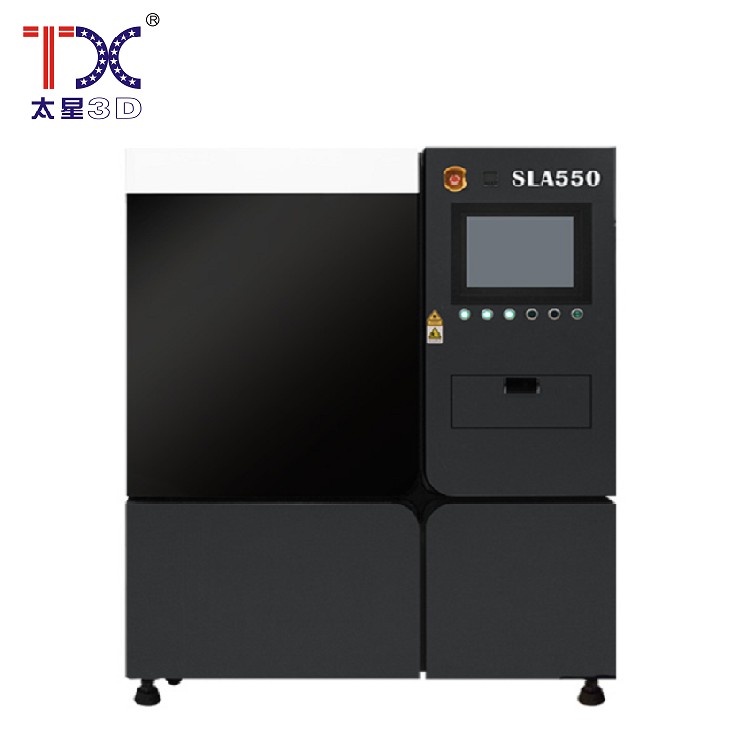 Taisin Light-adoptive 3D printer SLA550
Taisin Light-adoptive 3D printer SLA550
Connectedsearch
Related search- Cheap CNC axes factories
- Cheap manufacturers of SLA printing (stereolithography)
- Suppliers of stereolithography of 3D press in China
- Cheap manufacturers of three -coordinate processing centers with CNC
- Chinese manufacturers of three coordinate CNC machines
- CNC central machine
- 3D printing suppliers in China
- CNC axis
- Sketchup
- Cheap photosensitive resin of factories
